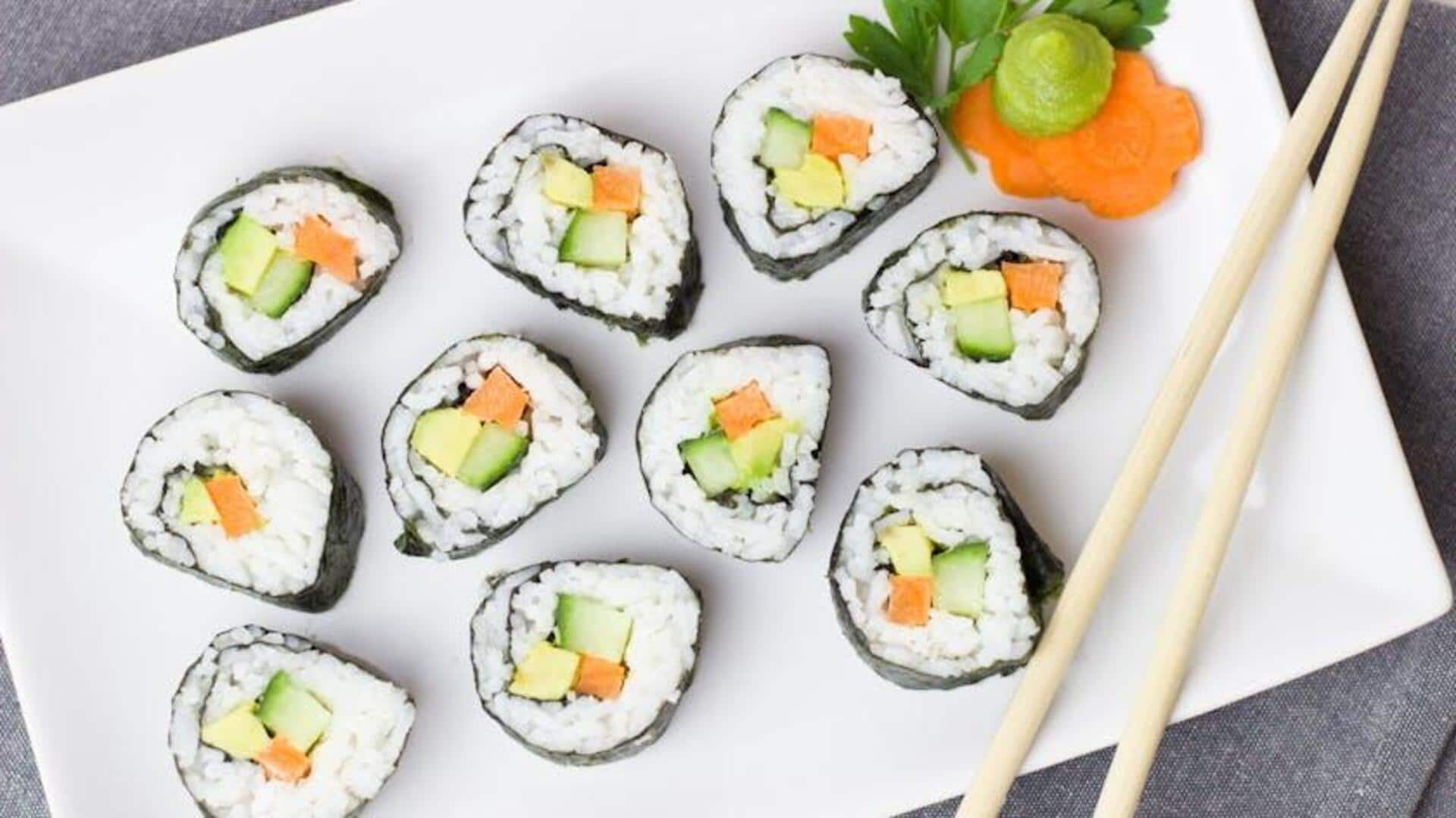
Here's how to use chopsticks
What's the story
Chopsticks are not just eating utensils in several Asian cultures, they are a symbol of tradition and etiquette. One must know how to properly use chopsticks while dining in countries such as Japan, China, or Korea. From timeless traditions to cultural significance, here are some rules of chopstick etiquette across Asia.
Grip technique
The art of holding chopsticks
The right way to hold chopsticks is by using three fingers: the thumb, index finger, and middle finger. While the bottom stick stays put, the top stick moves to pick up food. Mastering this grip is essential for successful use and is a sign of respect for the cultural practices.
Table manners
Dos and Don'ts at the table
In several Asian cultures, there are specific dos and don'ts at the table when it comes to using chopsticks. For example, it's considered bad manners to point with chopsticks or leave them sticking upright in a bowl of rice. Such behavior can be perceived as disrespectful or even ominous.
Passing etiquette
Sharing food with chopsticks
When it comes to sharing food, we usually use serving utensils for transferring food from shared plates. But, if you don't have serving utensils, a polite way to do this is by flipping your chopsticks to use the end that hasn't gone in your mouth. This way, you can ensure hygiene and respect is maintained while sharing dishes with fellow diners.
Regional differences
Cultural variations across countries
While basic etiquette stays the same across Asia, the way chopsticks are used has regional variations. In Japan, for instance, it's common practice to rest chopsticks on a holder when not in use. Chinese culture, on the other hand, often stresses on not tapping them on bowls as it can be seen as begging for food.
Honoring customs
Respecting tradition through practice
By mastering and sticking to the right etiquette of using chopsticks, you pay homage to the rich cultural traditions of Asia. It not just elevates your experience but also showcases a great respect for the age-old customs that are still revered. Following these practices allows you to connect with centuries-old traditions, showing appreciation and reverence for the cultural significance behind them.